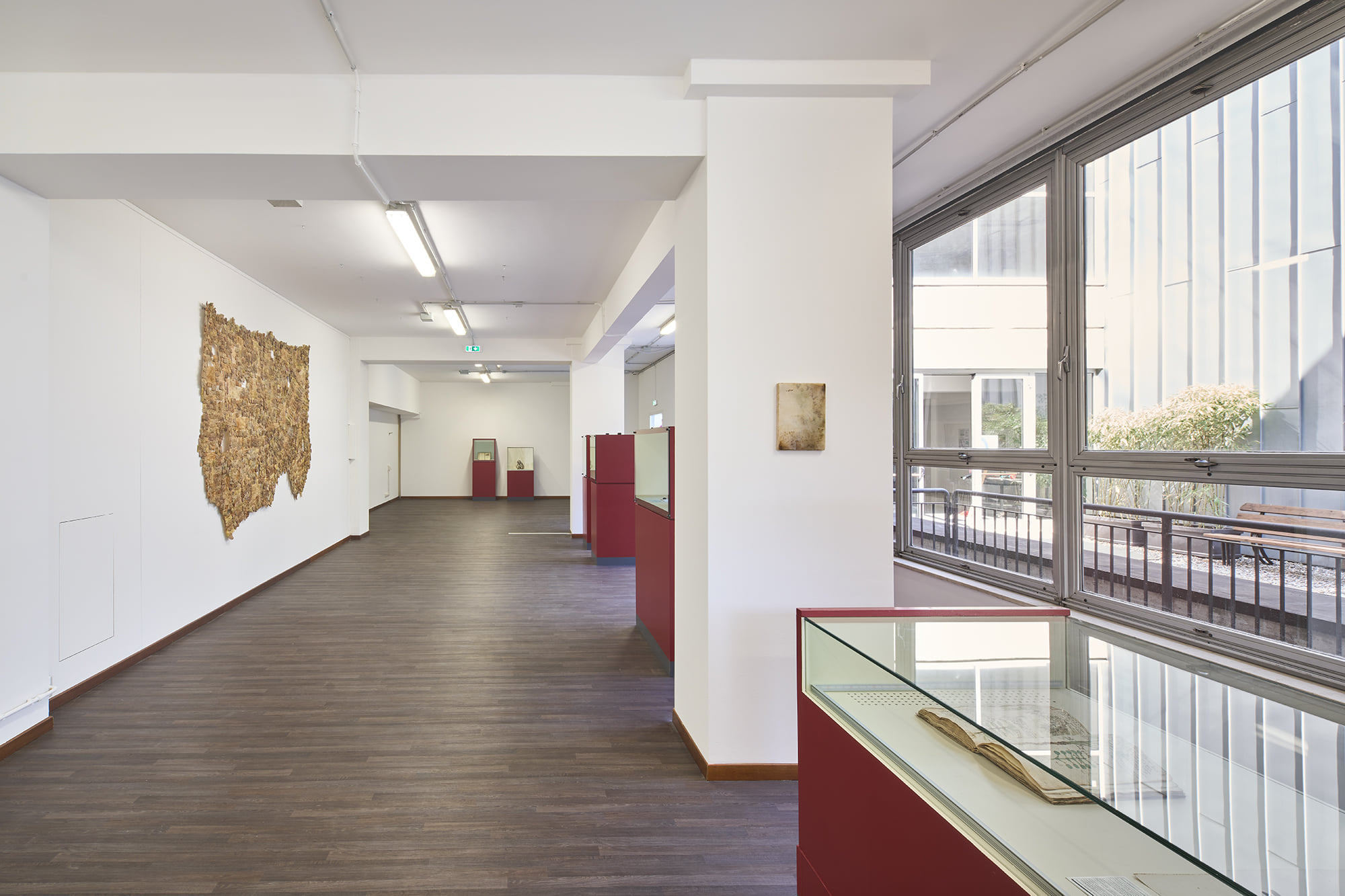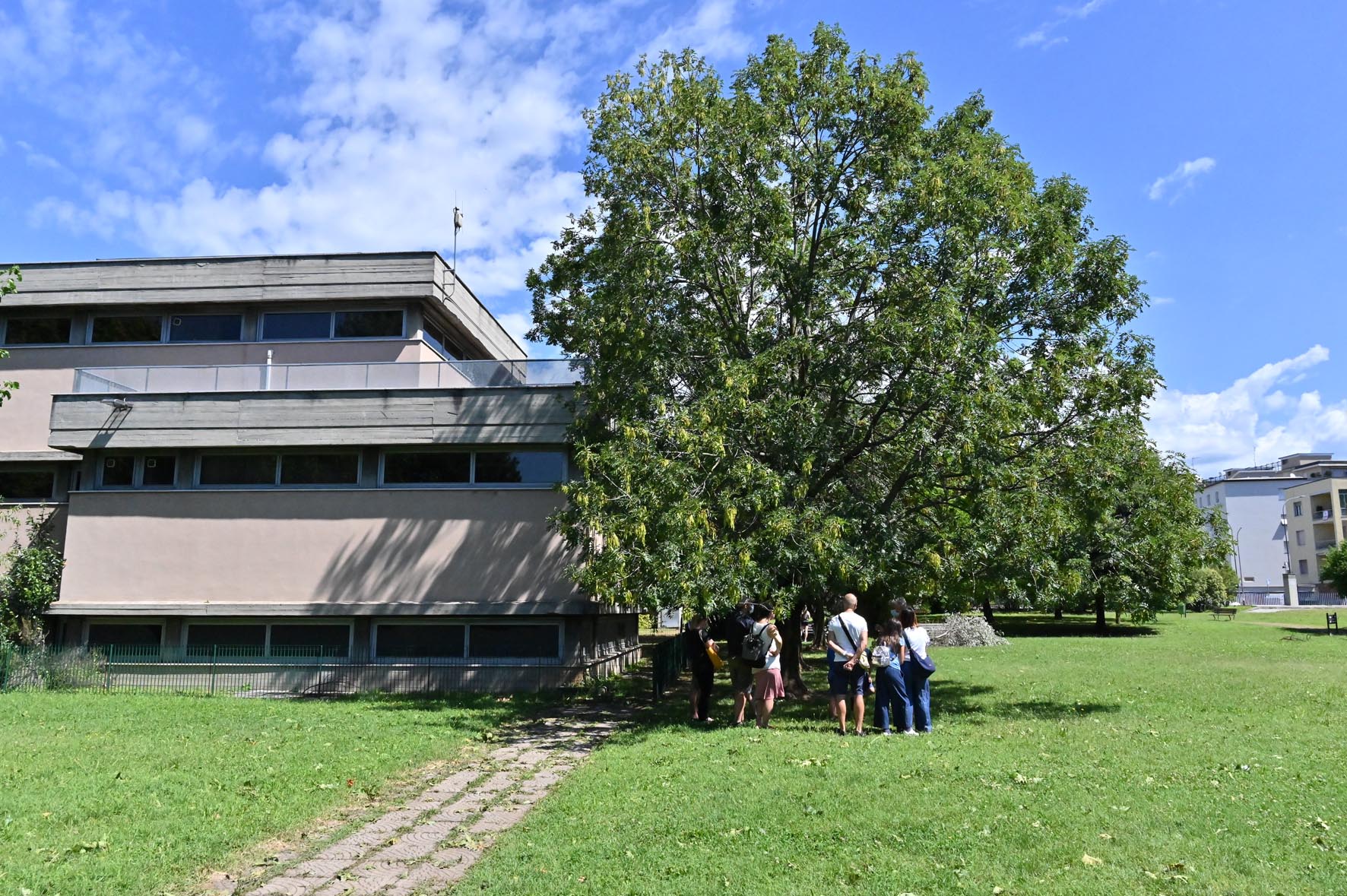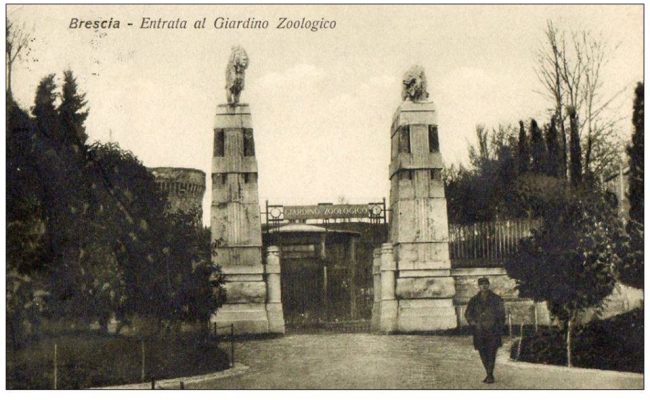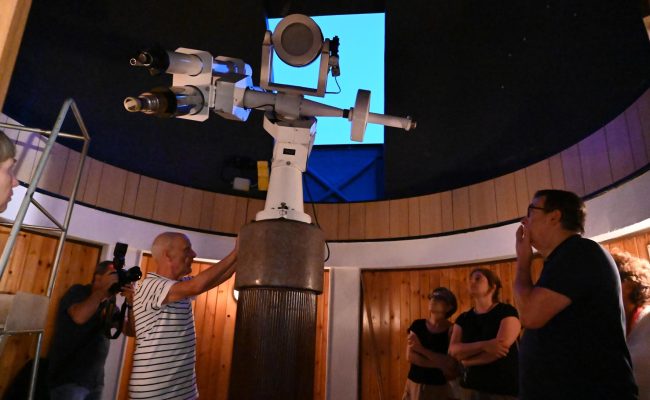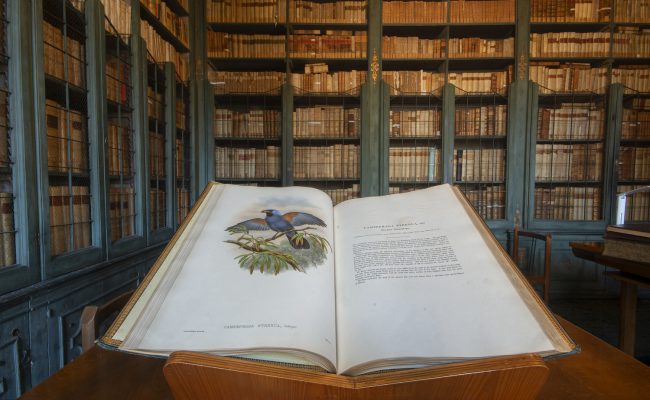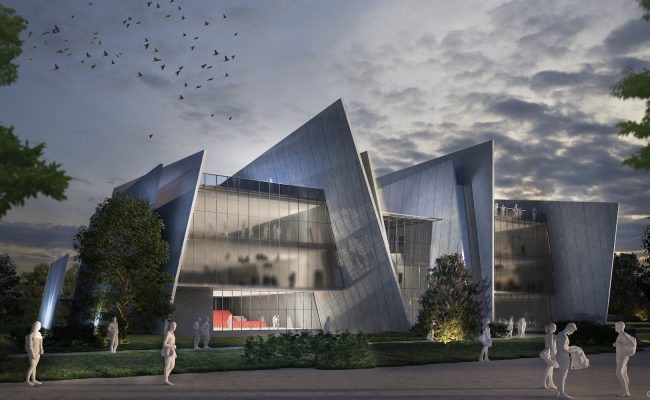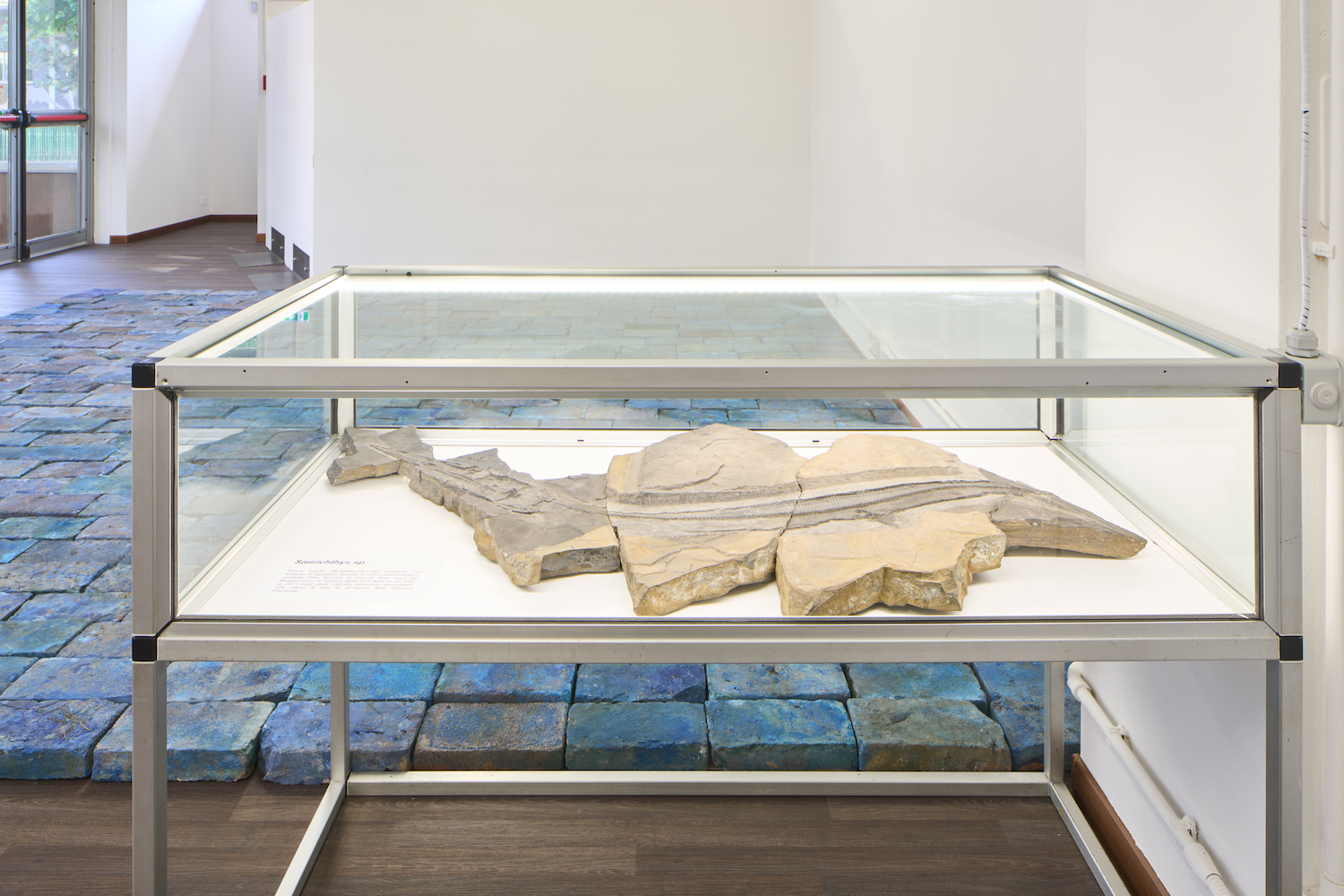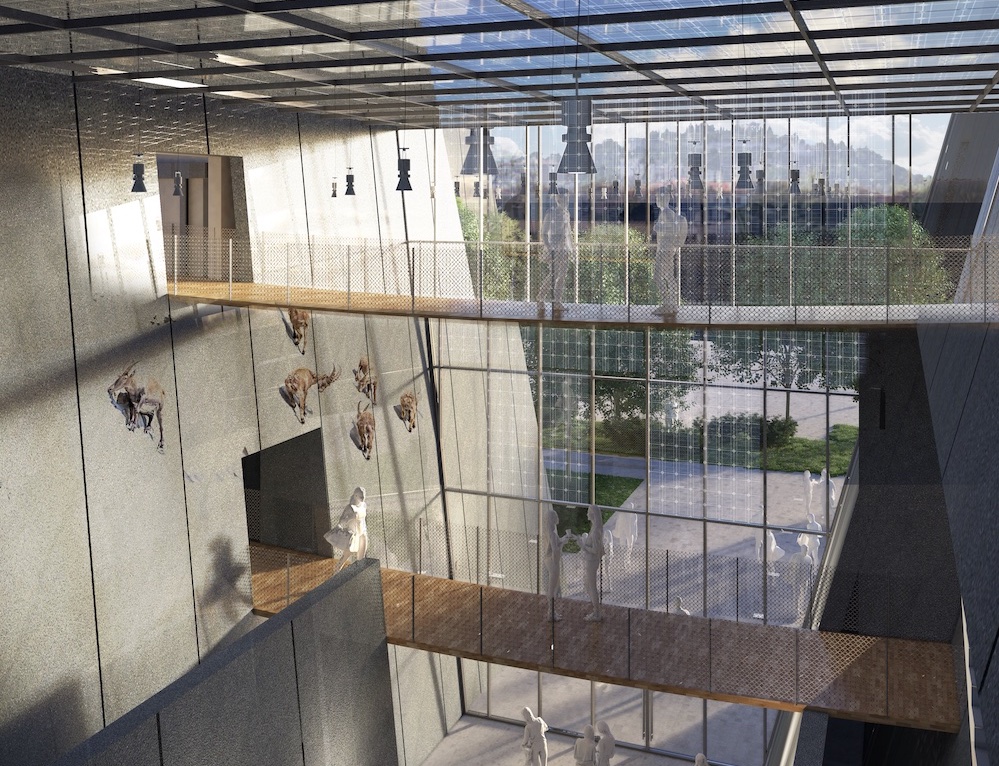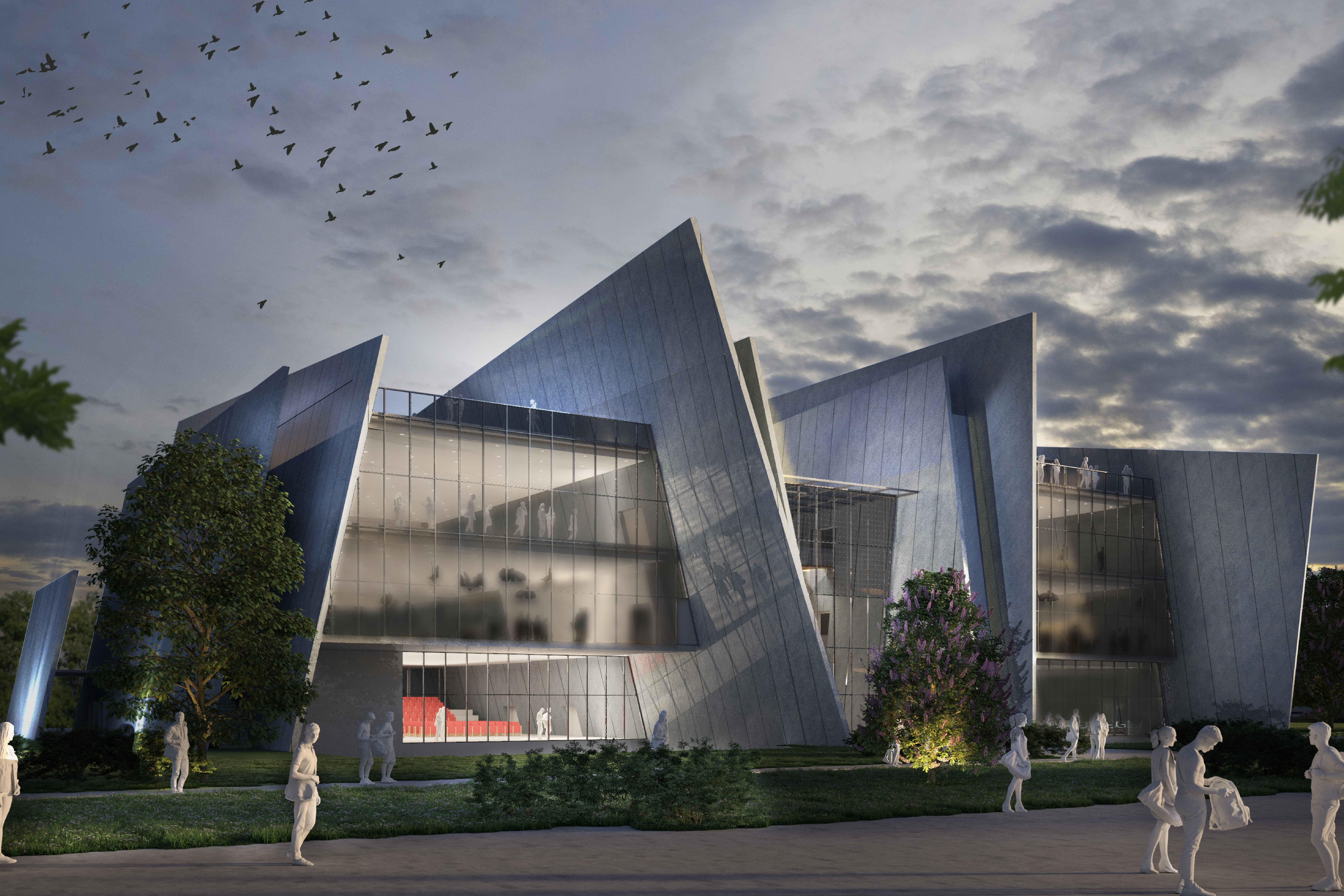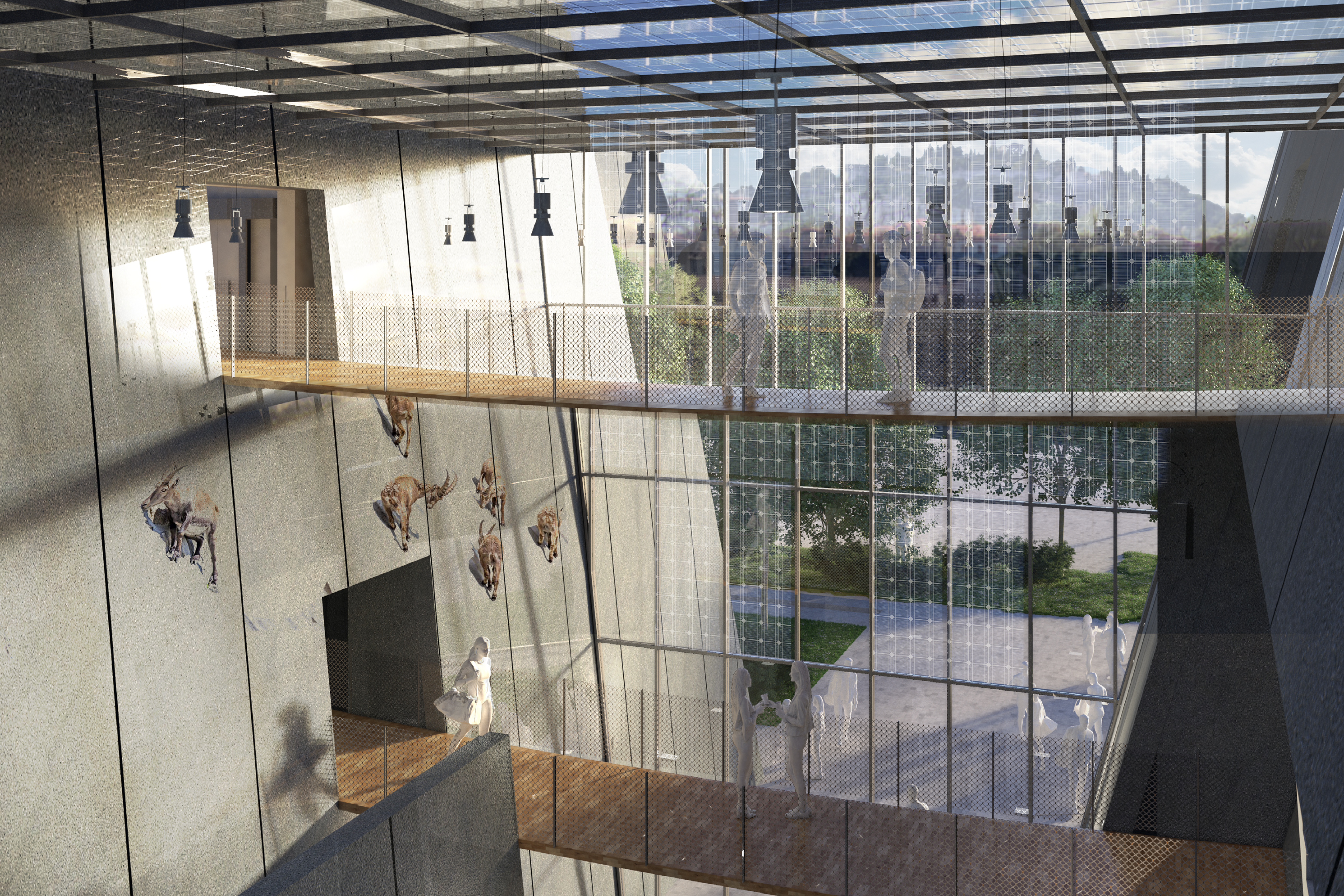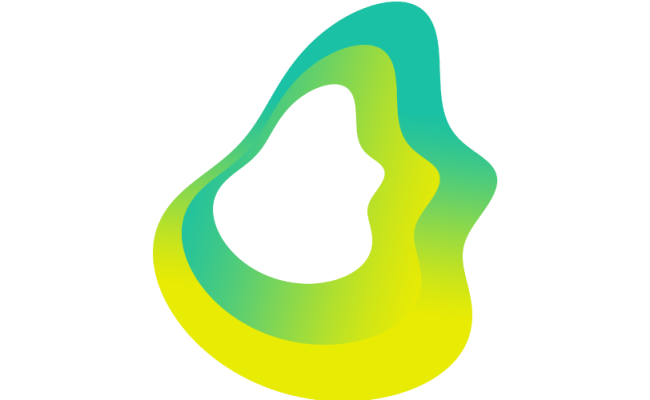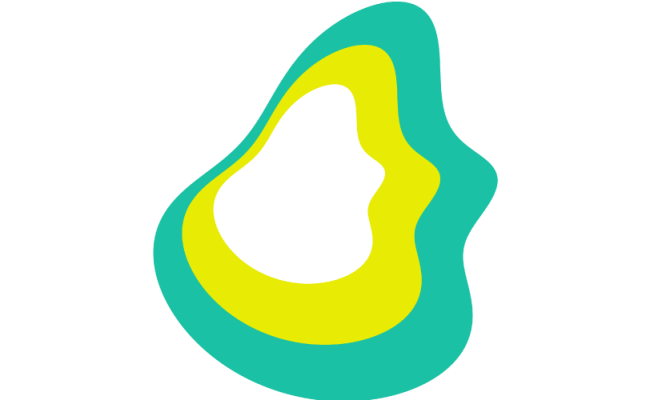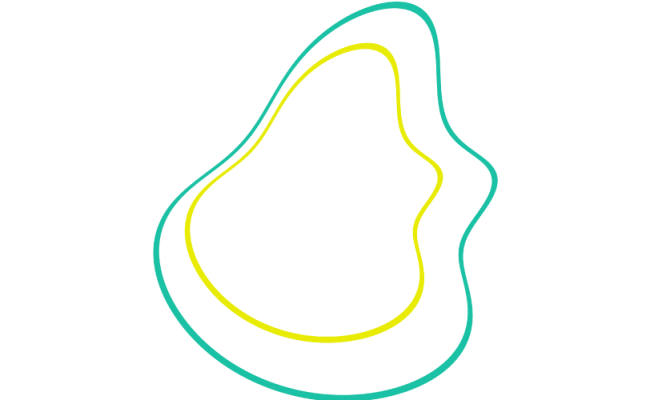Musem now
Due to a forced closure of the permanent exhibition and waiting for a new location, the Museo di Scienze Naturali of Brescia continues its activity:
- by organizing temporary exhibitions, dissemination activities for citizens and educational proposals for schools and groups
- by promoting scientific and naturalistic knowledge
- by preserving the natural heritage
The Museum deals with scientific research activities collaborating with a territorial network consisting of museums, parks, science centers and research organizations for the knowledge, conservation and enhancement of natural capital.
